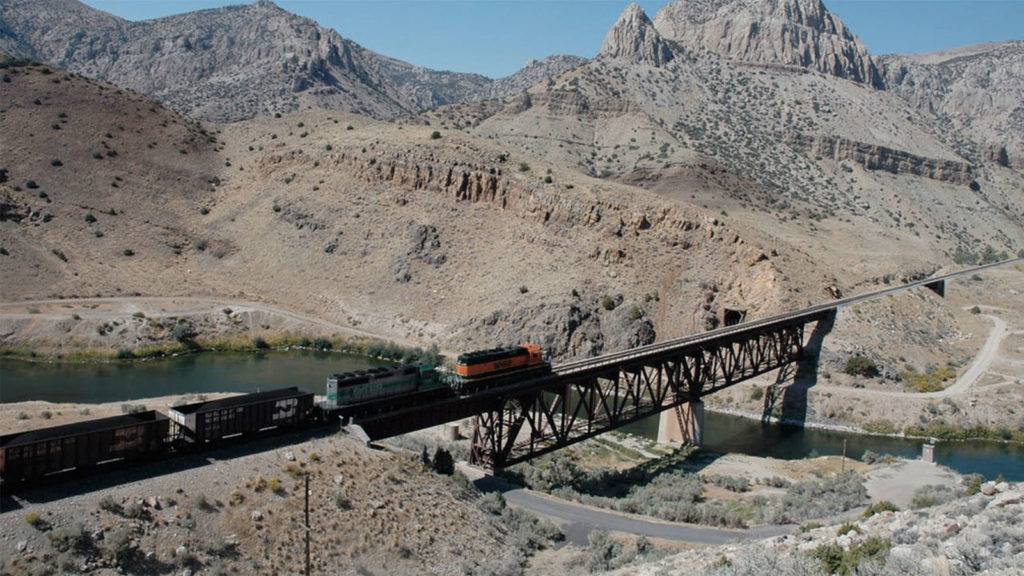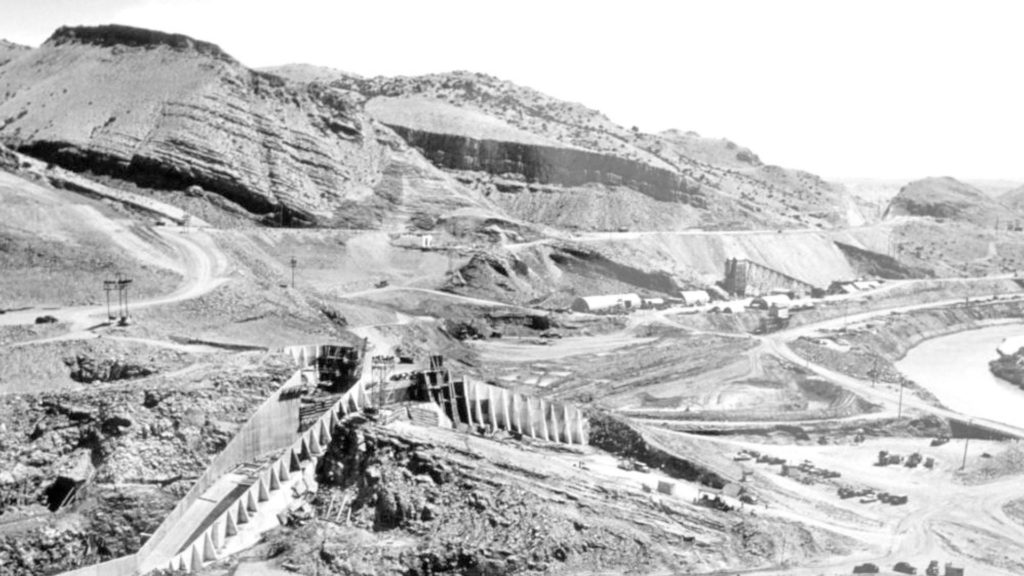Driving through Wind River Canyon in central Wyoming, motorists can see a series of railroad tunnels on the west side of the river.
But there’s one tunnel to the south of the rest that stands out.
Off by itself, with no tracks leading to it and evidence of collapse just inside its opening, this now-abandoned, solitary tunnel is the only remaining evidence that the railroad tracks running through the Wind River Canyon once took a different route prior to the construction of Boysen Dam.
“When they started construction on the current dam, it was going to raise the lake,” John Bass, superintendent of Boysen State Park, told Cowboy State Daily. “Boysen Reservoir was going to be covering the existing railroad tracks, so the railroad tracks had to be moved to higher elevations.”

Rerouting The Railroad
The railroad line between Billings, Montana, and Casper, Wyoming, was built by the Chicago, Burlington and Quincy (CB&Q) company, opening the line between Thermopolis and Shoshoni in 1914.
“The railroad tunnels on the west side of the river were actually constructed first, before the highway tunnels were there,” said Bass.
Because the railroad tracks were placed in relation to the river as it was running at the time, when planning was underway for the Boysen Dam in the 1940s, it became clear that the tracks would have to move.
“They just had to slowly start bringing up the elevation to get it high enough so they could get the railroad out of where the lakebed was going to be,” said Bass.

Raising the Tracks
Bass explained that to move the tracks, work that had been done in the early 1900s to funnel trains through the Owl Creek mountains would have to be altered – including abandoning one of the tunnels.
To make the route work, though, the railroad would have to build a tall trestle over a large ravine, just a few hundred feet from the opening of the southernmost tunnel.
“The trestle that goes across the river now, between the campgrounds and the dam, was built as part of that project,” said Bass. “That trestle was built because they bypassed those old tunnels.”
Visible From the Highway
The tunnel that was abandoned is visible from the highway, although it isn’t accessible to vehicles. And Bass warns that it’s off-limits to the public.
“It’s kind of dangerous,” he said. “We don’t really want people climbing around in it. The ceiling has fallen in and it’s not very stable rock.”
Even if someone attempted to explore the tunnel, they wouldn’t get far as it has caved-on itself only a few feet in.





